Independent Electrical Contractors
IEC Emerging Leaders Industry Impact Project
The Emerging Leaders Program is a transformative six-month program equips high-potential individuals with the skills and experiences to excel as leaders within their organizations and the electrical industry at large. Over the course of the program, participants engage in dynamic learning experiences that combine leadership development, workforce solutions, and strategic industry impact. Learn more about the program and cohort member here.
This year’s Emerging Leader Cohort focused their project on encouraging the involvement of the younger generation through our web design which includes personality tests, a day in the life montage video, and a curriculum-based Minecraft world that demonstrates how electrical current and creativity play hand in hand through Minecraft education edition.

Powering the Future
Welcome to your first spark in the electrical industry! Whether you’re a student, parent, or teacher this page is your launchpad to explore exciting careers, hands-on learning, and real-world impact.
Below you will find lots of ways to learn more about the electrical industry through games, job assessment quizzes, day in the life videos and more.
A career in the electrical industry starts with the right foundation — and that begins with apprenticeship.
IEC apprentice electricians earn a paycheck while they learn, gaining hands-on experience in the field without the burden of college debt. With just one night of class per week and full-time work alongside experienced professionals, IEC apprentices build real-world skills and connect with contractors who are invested in their future.
Who Is This Page For?
- Learn what the electrical industry is all about
- Take quizzes to find your best-fit career path
- Watch real people in action through short videos
- Explore fun, hands-on learning tools like Minecraft
- Get connected to apprenticeship and training opportunities through IEC
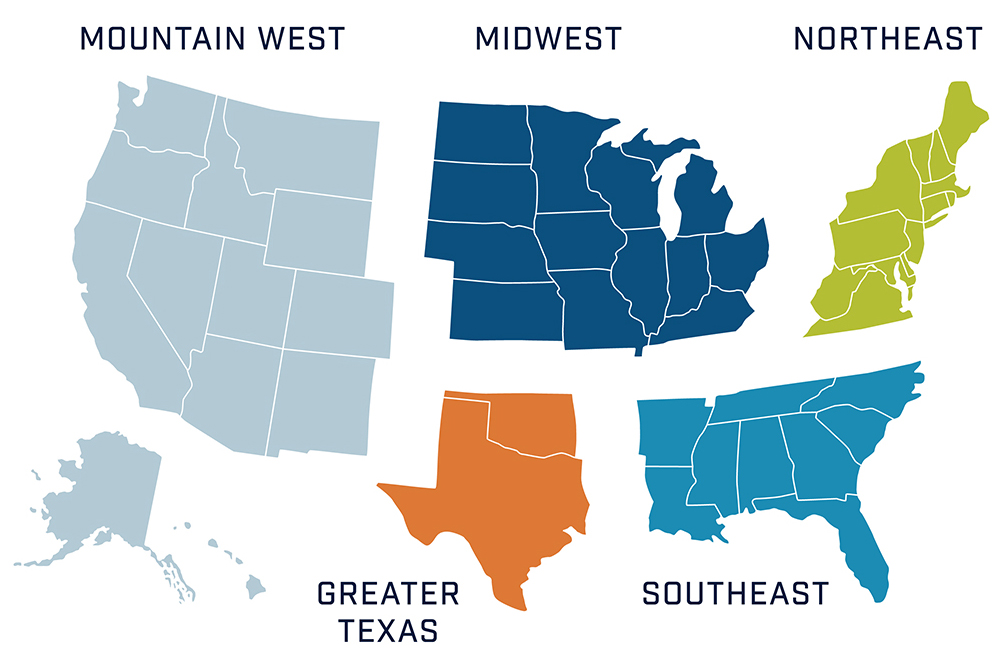
Connect With the Power in Your Area
Want to get involved with IEC but not sure where to start? Whether you’re a student, parent, educator, or contractor, your local IEC chapter can help you access training opportunities, resources, and events to support your journey.
What Is the Electrical Industry?

Electricians do more than flip switches, they power hospitals, homes, schools, and the future. Explore how this high-demand industry works, who it needs, and why your skills matter.
Electricians are the power behind everything—from lighting up your home to wiring hospitals, schools, and high-tech buildings. The electrical industry is full of opportunities for people who like to build, solve problems, and make things work. Whether you’re hands-on, tech-savvy, or a natural leader, there’s a path for you here.
Minecraft: Spark the Trade

Play. Build. Learn.
Jump into our custom Minecraft world and learn how real electrical systems work—Redstone style! This fun, interactive experience helps you think like a future electrician while building your own powered creations.
Instructions to Access the Minecraft Seed:
- If you do not already have access to a Minecraft Education license, you will need to download a free trial here: https://education.minecraft.net/en-us/get-started/download
- Once you download the free trial of Minecraft Education, you will need to click the link below to take you to the Hall of Power: Hall of Power Revised 3
- Copy and paste the above link into a new web browser.
- Then open the game and create a sign in name for your trial account.
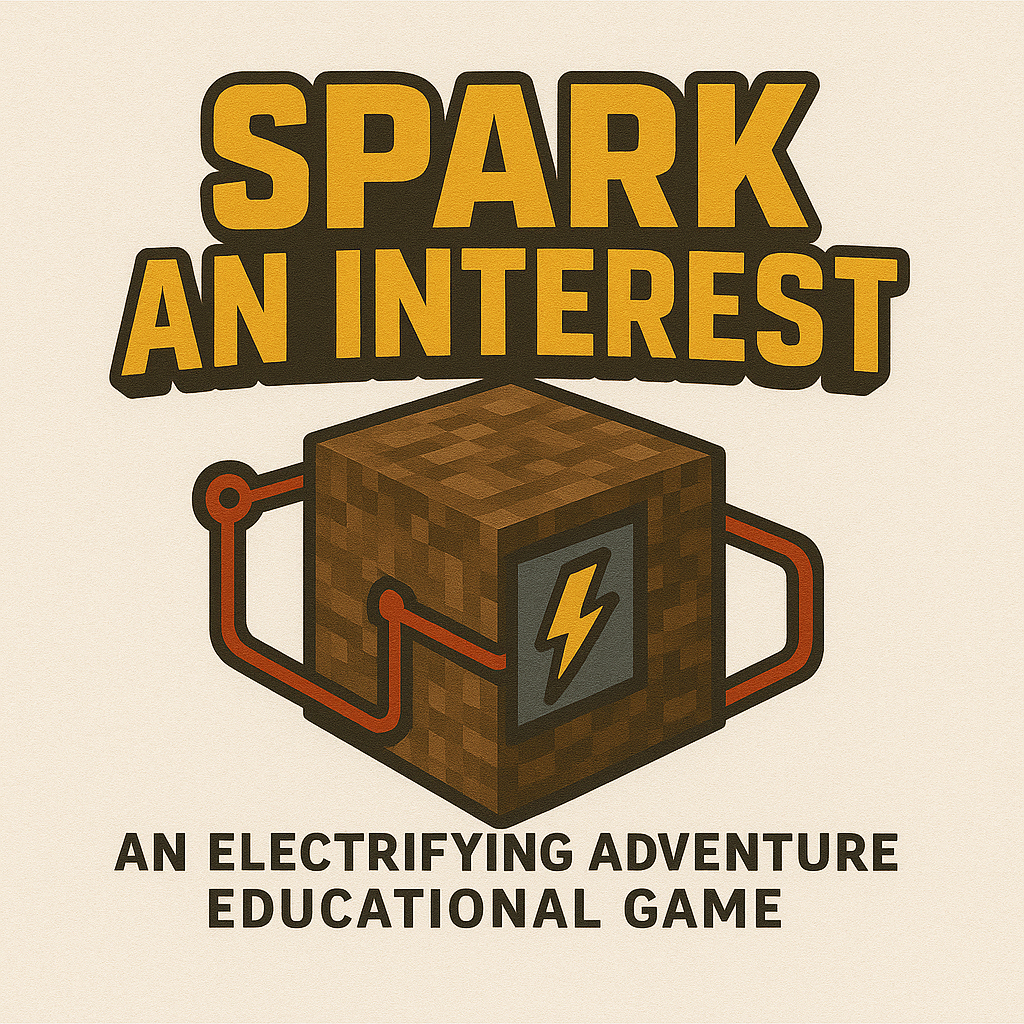

Career Quiz: What’s Your Power Path?
Not sure where you’d fit in the electrical world? Take our quick personality quizzes to discover which career path in the trade matches your strengths, interests, and work style.
A Day in the Life Videos
Real People. Real Careers.
Watch short videos that give you a behind-Im the-scenes look at what it’s like to be an apprentice, a foreman, a project manager, or even a business owner in the electrical industry.
Wondering what it really looks like to work in the electrical field? These short videos show real men and women in action from wiring buildings to managing big projects. Whether you’re curious about field work, leadership roles, or tech-based careers, these stories bring the trade to life.
Watch. Learn. See what feels like your fit.
Apprenticeship Electrician
Skill Learning
Watch VideoElectrician / Installer
Field Expert
Watch VideoForeman / Superintendent
Natural Leader
Watch VideoLow Voltage / Special Systems
Visionary Builder
Watch VideoElectrical Apprentice
Field + Emerging Leaders
Watch VideoProject Manager
Top Tier Expertise
Watch VideoElectrical Construction Company Owner
Electrical Construction Company Owner
Watch VideoDiscover Building Information Modeling (BIM)
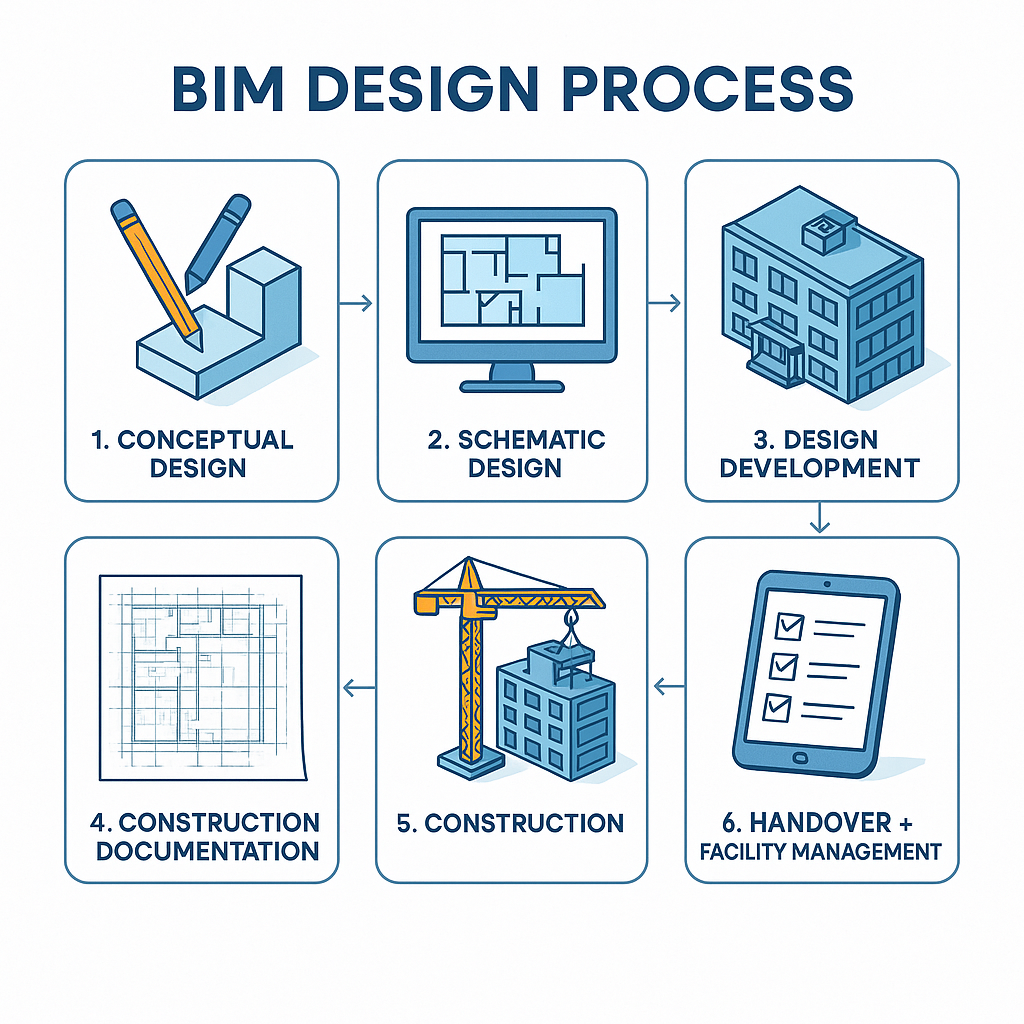
BIM is a digital process used by architects, engineers, and contractors to design, plan, and build structures more efficiently. It creates detailed 3D models that help teams visualize, coordinate, and manage every stage of a project- from concept to construction.
Building Information Modeling. It’s a process and technology used in the construction industry to create and manage digital representations of physical and functional characteristics of buildings and infrastructure. BIM goes beyond simple 2D or 3D drawings, integrating data about a building’s components, materials, and systems, allowing for better collaboration, planning, and management throughout the building’s lifecycle.
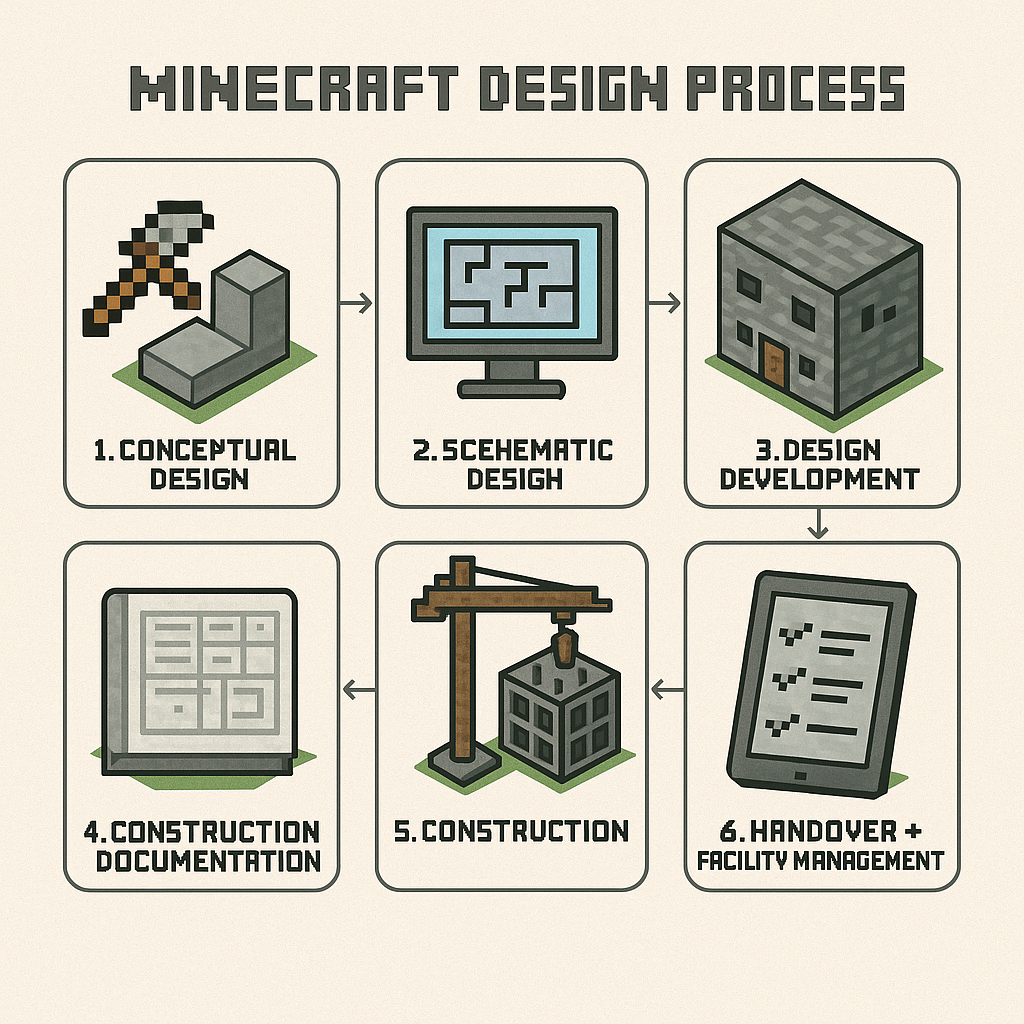
Think of it like this:
Imagine you’re working on a group project to build a super detailed LEGO city. But instead of just building it with bricks, you also create a digital version on a computer that shows everything—what each building looks like, what it’s made of, how the plumbing and electricity work, and even how much it costs.
That digital version is what BIM is for real buildings. It’s a 3D model that includes not just the shape of the building, but also all the important info about how it’s built and how it works. Architects, engineers, and construction teams use BIM to plan, design, and build smarter and faster—kind of like having a superpowered blueprint that everyone can see and update in real time.
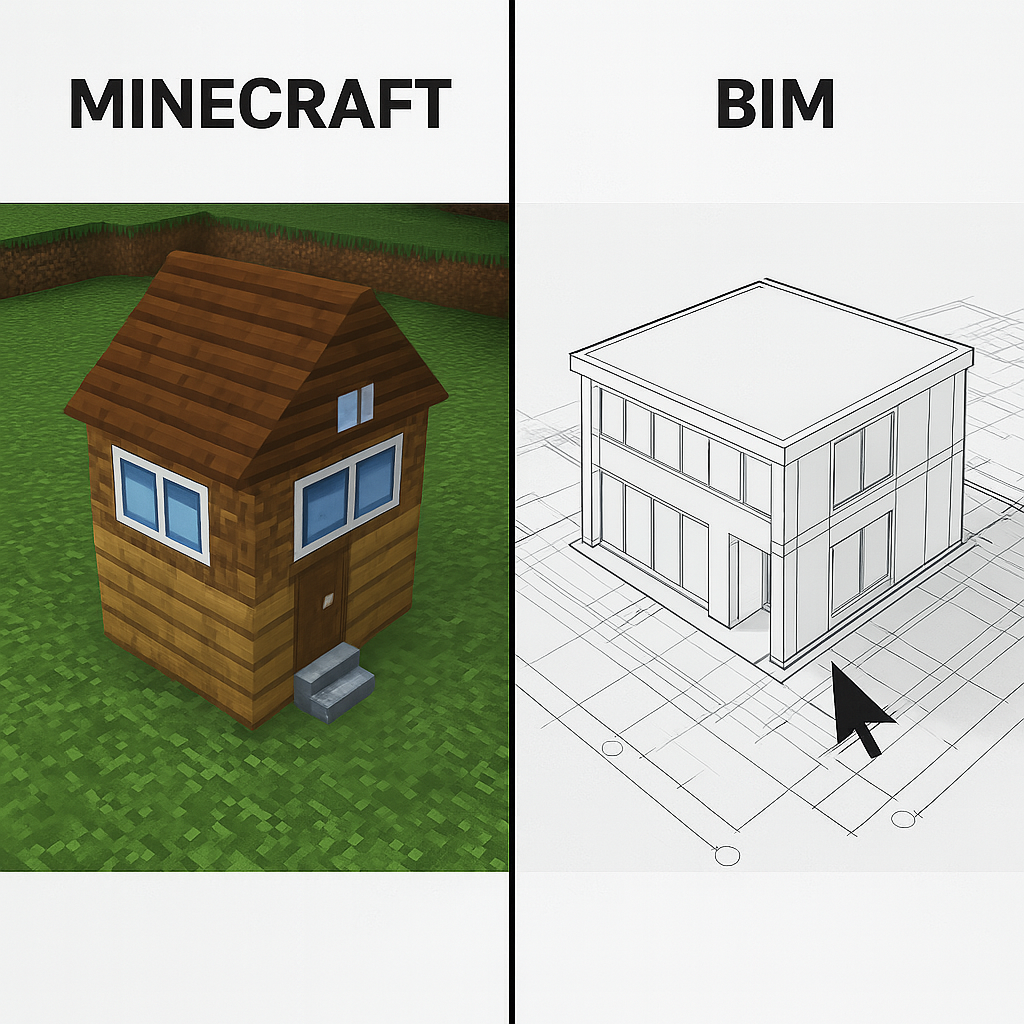
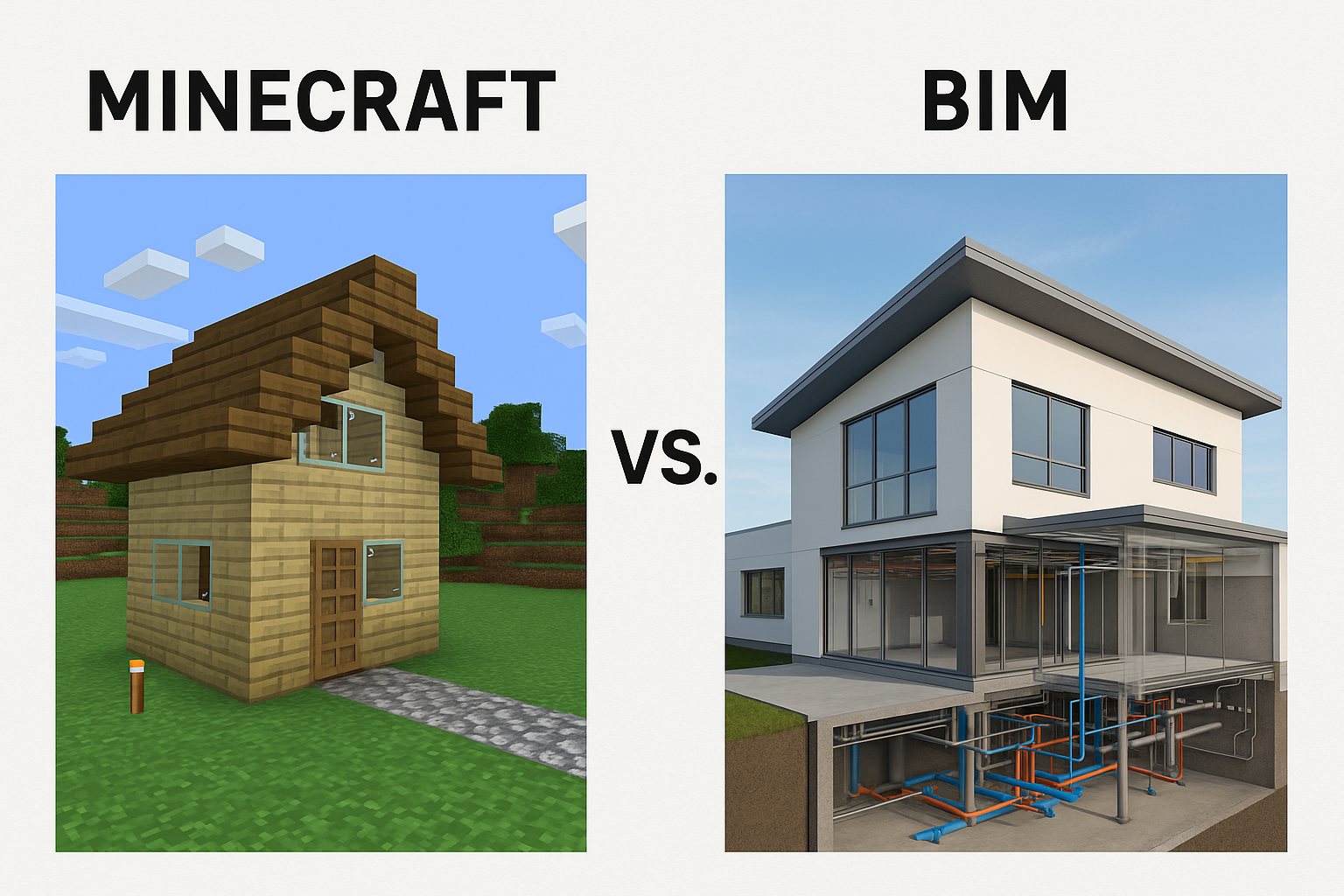
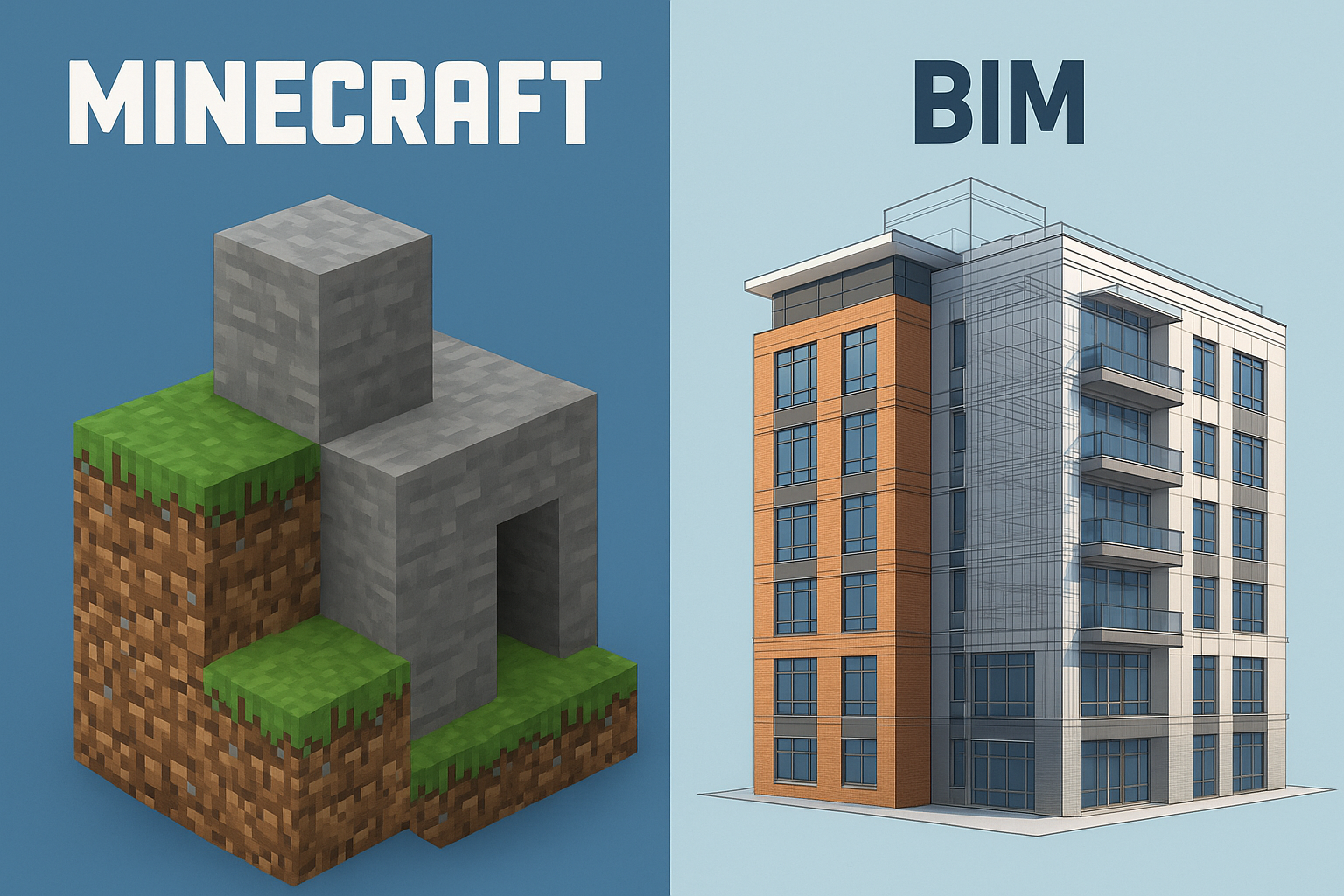
Who would be good at this career?
Tech-Savvy
They’re comfortable using computers and learning new software, especially 3D modeling programs like Revit or AutoCAD. If you enjoy video games with building or design elements (like Minecraft), you might enjoy this too!
Detail-Oriented and Creative
They like designing things and thinking about how stuff fits together. They pay attention to small details, like making sure a door doesn’t open into a wall or that pipes don’t run through windows.
Team Player
They work with architects, engineers, and construction crews, so being able to communicate clearly and work well with others is super important.
Problem Solver
They enjoy solving puzzles likely figuring out how to fit everything into a building so it works well and looks good.
Always Learning
Technology and building codes change, so they’re always learning new tools and staying up to date.
How do I get there?
High School (Grades 9–12)
Take classes in:
- Drafting or CAD (Computer-Aided Design)
- Architecture or engineering electives (if available)
- Math (especially geometry and algebra)
- Computer science or tech classes
Explore interests:
- Try design software like SketchUp or Tinkercad
- Join STEM or architecture clubs
- Build things—LEGO, models, or even Minecraft builds
After High School: Education Options
Option 1: Get Experience
- Internships or apprenticeships with architecture or construction firms
- Entry-level jobs like CAD Technician or Junior BIM Modeler
- Build a portfolio of your work (school projects, personal designs, etc.)
Option 2: Associate degree (2 years)
- Look for programs in Architectural Technology, Construction Management, or Drafting & Design
- Learn software like Revit, AutoCAD, and Navisworks
Option 3: Bachelor’s Degree (4 years)
- Study Architecture, Engineering, or Construction Management
- More in-depth training and better job opportunities
Start Your Career
Job titles to look for:
- BIM Technician
- BIM Coordinator
- CAD Drafter
- Design Technologist
Keep learning! BIM tools and standards change, so certifications and ongoing training help you grow
Now that I finished school, what kind of Careers are in the BIM field?
Entry-Level Roles
- BIM Technician / BIM Modeler – Creates and updates 3D models based on architectural or engineering plans.
- CAD Drafter - Uses software to produce technical drawings and plans, often a steppingstone to BIM roles.
Mid-Level Roles
- BIM Coordinator -Manages BIM models across different teams (architects, engineers, contractors) to ensure everything fits together.
- Design Technologist – Combines design skills with technology to improve workflows and model accuracy.
- VDC Specialist (Virtual Design & Construction) – Focuses on using BIM for construction planning, logistics, and clash detection
Advanced Roles
- BIM Manager -Oversees the entire BIM process for a company or project, sets standards, and ensures quality control.
- BIM Consultant - Works with multiple companies to implement BIM strategies, train staff, and improve efficiency.
- Digital Construction Manager – Integrates BIM with construction technologies like drones, AR/VR, and project management tools
Specialized Roles
- Facilities Manager (with BIM) – Uses BIM data to manage building operations, maintenance, and renovations after construction.
- BIM Software Developer - Builds or customizes BIM tools and plugins to improve modeling and collaboration.
- Sustainability Analyst (using BIM) - Uses BIM to analyze energy use, lighting, and materials for green building certifications
Now that I know I can grow with BIM, how much will I get paid?
As a mid-level role BIM Coordinator, what will my work-to-life balance look like?
Work-Life Balance Factors
Resources for Educators & Parents
Guiding the Next Generation of Tradespeople
Find free resources, lesson plan ideas, and tools to help your students or children explore rewarding careers in the electrical field—with support from IEC chapters nationwide.
About the Project
Built by Future Leaders for Future Electricians
Get Involved
Let’s Spark Something Together
Want to share this resource with your school, community, or IEC chapter? Have a story to tell or a video to contribute? Reach out here —we’d love to hear from you!